How Health Spending Accounts Accommodate Intergenerational Living

Author: Shannon Hughes
When asked what the primary source of their motivation and purpose is, nearly 19,000 adults in 17 countries who participated in a recent study by Pew Research, reported that family ranks higher than any other factor 1 . They mentioned quality time with parents, siblings, children and grandchildren as something that makes their lives fulfilling.
Multigenerational households (those housing three or more generations) have not been a dominant living arrangement in Canada. However, census data shows that they have become the fastest-growing family household type in recent decades. Since 2001, the number of multigenerational households has increased by 50%, and this is driven by an aging population and the dramatic rise in housing and living costs 2 .
For employers who are struggling to find qualified talent, how can these statistics inform decision-making about one of the key tools you use to attract and retain great employees, your benefits plan?
Let’s connect the dots. As an employer, you want to take care of your employees. It’s becoming more and more likely that they have extended family living with them. Providing resources to take care of what matters most to them, will be well received, create tremendous goodwill and have a positive impact on your employees’ engagement, productivity and loyalty.
There is an employee benefit solution that enables employees to cover medical, dental and wellness expenses for any member of their household who is either connected by blood, marriage or adoption, as based on CRA’s definition of a dependent.
The solution is a Spending Account, highly desired by employees and advantageous for employers as the cost is contained. Unlike a traditional benefits plan, which has a strict definition of who is eligible (where extended family is not covered), a Spending Account may cover parents, grandparents and other relatives who cohabitate with an employee.
Under the Spending Account umbrella, there are two types of accounts:
- Health Care Spending Accounts: These accounts provide non-taxable reimbursements for common medical and dental expenses such as glasses, massage therapy, prescription drugs and dental work.
- Wellness Spending Accounts: These are taxable accounts that give employees a much broader scope of eligible claims. These accounts are used to reimburse expenses such as gym memberships, personal development books and courses, fitness equipment, etc. Wellness accounts can be especially effective to address needs tied to diversity, equity and inclusion, including spiritual needs.
The 2022 Benefits Canada Healthcare Survey found that of plan members who have a health-care spending account, 94% agree that it’s an important part of their health benefits plan. Presently, approximately half of the employers who participated in the survey offer a HCSA. Of the plan members without these accounts, 87% would like to have an HCSA and 89% would like to have a wellness account.
A few of the reasons that it’s worth considering a health spending account are:
- The employer sponsoring the program only pays for what is used, and has full control over the budget.
- It can be offered as an add-on to a traditional benefit plan, or as a stand-alone for smaller organizations that aren’t quite ready for the full package.
- Administering a Spending Account is extremely straightforward.
- Employees want flexibility, and this allows them to personalize their benefits and claim what is meaningful to them.
As with any benefit or perk that is part of the compensation package, ongoing education to raise awareness and engagement is key. Consistent communication about the program will help employees learn what is covered, how to submit claims as well as some of the finer intricacies of the program. Education is vital in particularly when extended family members are eligible, which is not the norm and might be overlooked or misunderstood by employees. Lean on your benefits advisor to assist with creating communications, and while they’re at it, they can shout from the rooftops to your staff about the care you’ve put into designing a benefit program that meets their needs.
If you’d like to go deeper on this topic, please don’t hesitate to reach out to Shannon@captivatebenefits.com.
References:
2 https://vanierinstitute.ca/sharing-a-roof-multigenerational-homes-in-canada-2021-census-update/
The views and opinions expressed in this blog post belong solely to the original author(s) and do not necessarily represent the views and opinions of CPHR Alberta.
The views and opinions expressed in this blog post belong solely to the original author(s) and do not necessarily represent the views and opinions of CPHR Alberta.





